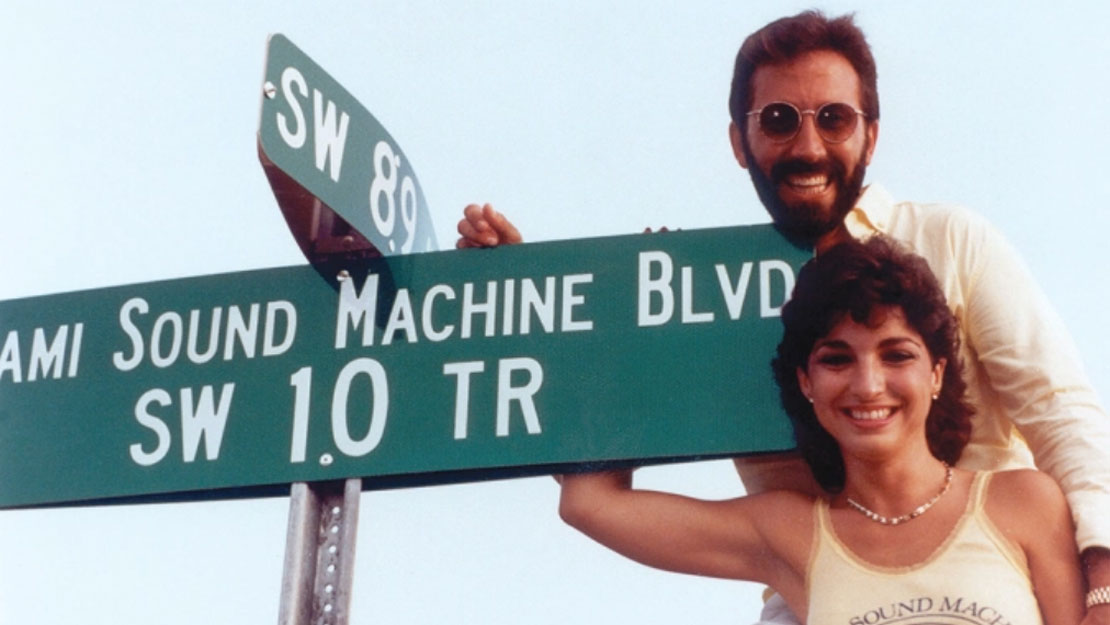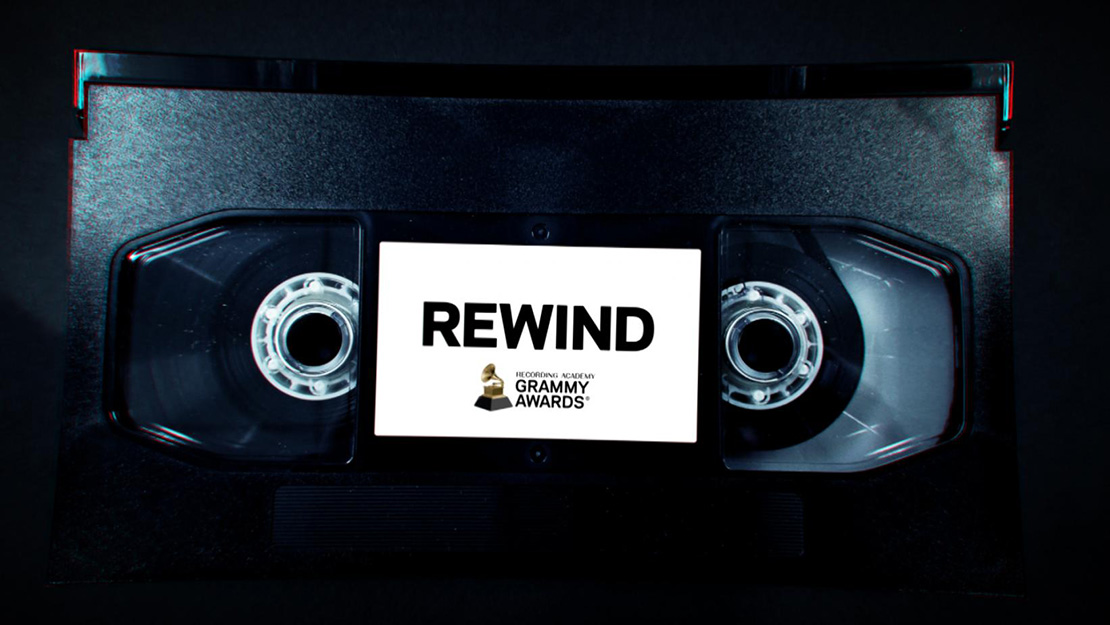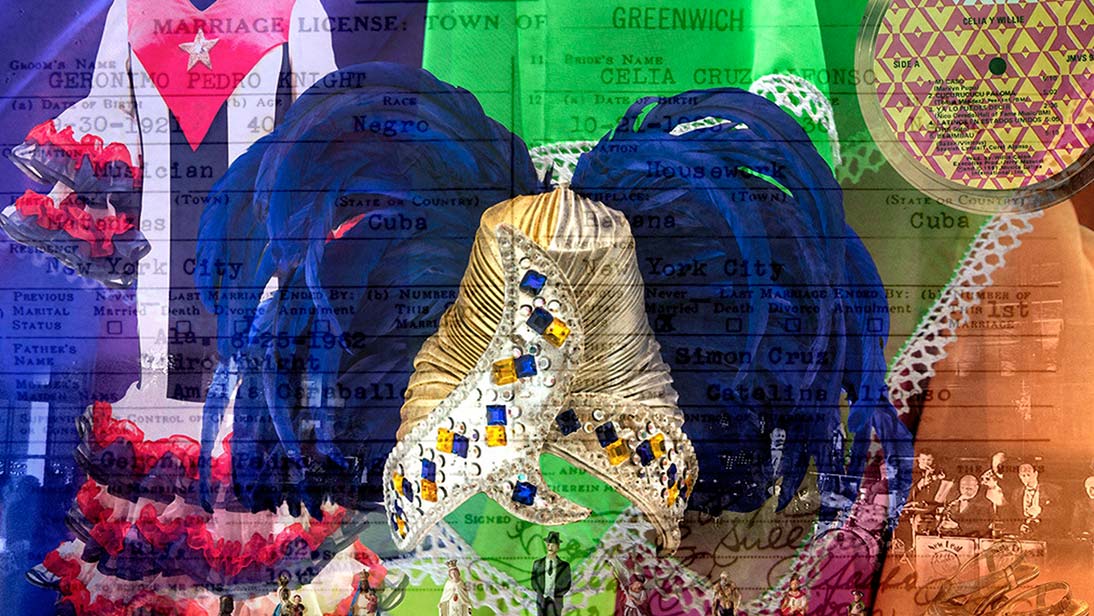By Brooke Mazurek / variety.com – April 5, 2022
It is an impossible game I keep asking Gloria and Emilio Estefan to play, the game of hypothetical “what-ifs.” Although the husband and wife duo are currently in Vero Beach, Fla., where they have a getaway home and resort, their focus is set squarely on Miami. For the better portion of five decades, the Magic City is the place the Estefans have called home, and during the “It’s a Wonderful Life” rabbit hole I’ve asked them to spiral into, we’re playing out who Gloria and Emilio — and the city of Miami — might have become had the most important couple in the history of Latin music not stayed rooted there. “What if you’d left and moved on?” I ask them. Gloria and Emilio are, after all, at a point in their lives when they’re able to tap into the gift of perspective. Time has passed, more than 100 million albums have sold, 38 hits have climbed the Billboard charts, Gloria has won eight Grammys and Emilio, 20, and two Presidential Medals of Freedom received. The duo have the ability to look back now, and when they do — when they answer the question of Miami without the Estefans, the Estefans without Miami — the answer, of course, is simple. “We are interwoven,” Gloria says definitively. “We would not have made the music we had made had we grown up anywhere else. That I can guarantee you.” “How are you going to leave your family?” Emilio chimes in, his accent still rich with the rhythmic intonation of Cuba. “Miami is family.” But to understand the interwovenness, you first have to understand the Estefans’ story — the story of Cuban immigrants who sought the American dream and found it 90 nautical miles away in Miami. Gloria’s chapter begins in 1959 when her father, José Manuel Fajardo, a Cuban soldier and bodyguard to president Fulgencio Batista, fled Havana with Gloria’s mother and her. She was 2 years old at the time. José was soon recruited for the 2506 Brigade, the CIA-funded band of Cuban exiles that were sent on the disastrous Bay of Pigs invasion. He was imprisoned for 18 months, and after his release in a deal negotiated by President Kennedy, went on to join the army as an officer. The family moved to San Antonio, Texas, and then South Carolina, where Gloria would wander into the forest at the edge of the base and just get lost for hours.

Courtesy Gloria & Emilio Estefan
“I literally had a Southern accent when I came back to Miami,” she laughs. She was 9 years old, her father away fighting in the Vietnam War. “Even though I’d spent time away, my grandmother was living in Miami and it was always home. It felt like we had always been away from home,” she says. Emilio, the son of a Lebanese father and Spanish mother who owned an underwear factory in Santiago de Cuba, left for Madrid in 1966 a few weeks before his 14th birthday. The stretch of two years that he and his father spent waiting for their U.S. visas were difficult ones. “We almost became homeless,” Emilio recalls. “I used to go to the church for food and play the accordion for tips.” By the time he reached Miami, he was working tirelessly to raise enough money to bring the rest of his family over. He started as a mail boy at Bacardi, and ended up as the director of Hispanic marketing 12 years later. All the while, there was the music. Cuban Americans will tell you that in order to understand Cuban culture, you have to understand that it all starts with the music. For Gloria and Emilio, Miami and its 500,000 Cuban immigrants provided the score. There were the Cuban classics that permeated the streets, homes, bars and parties. “My mother didn’t let us forget Cuba,” says Gloria. A public educator with a beautiful voice, her mother, Gloria Fajardo, played an eclectic collection of records, spanning Israel “Cachao” Lopez, Celia Cruz, Johnny Mathis, Nat King Cole and old Cuban standards that Estefan’s grandmother painstakingly hid in boxes of mango baby food that were sent over to the States. “All that incredible culture that my mother instilled in me is what allowed us to do an album like ‘Mi Tierra’ years later,” Gloria says of the 1993 Spanish- language album. “A lot of us that grew up in Miami were allowed that benefit more than people who grew up in Omaha, for example. A lot of the Pedro Pan kids [Cuban children who came to the U.S. in the early 1960s through the Pedro Pan government operation], who were sent to wherever they could be taken care of, a lot of times they were the only Cubans [in their communities]. We grew up in a stew of Cuban traditions and our language.” Emilio, meanwhile, brought Cuban rumbas to local restaurants and parties with a beat-up accordion he bartered for at a local music store. Before long he added a conga player, drummer, guitarist, bass player, keyboard and horns, building out a band that cycled through Cuban boleros and congas for hours on end.

Courtesy Gloria & Emilio Estefan
The Miami Latin Boys, as they were called, had just played for the mayor of Miami when Emilio showed up with his accordion at a mutual friend’s home and first heard Gloria sing. She had tapped into her voice as a child and had learned guitar while her father was away, but her plan had always been a career in psychology. Emilio was captivated by her voice, though, and envisioned a different path for her — a path that materialized in 1975 when she transformed the Miami Latin Boys into the Miami Sound Machine by bringing her sound and songwriting to the music. The success of that music — the explosive fusion of Latin rhythm and American pop — depended entirely on the city itself. “Let’s say we’d been in Iowa, where we broke the record for the longest conga line in history — 11,062 people on the banks of the Mississippi and the only Cuban family was backstage … with us,” says Gloria, who married Emilio in 1978. “Had we grown up there, there would not have been an audience for the music that was in my heart. I could have gone in only one direction, which is probably what I would have done. If Emilio had a gig band or his accordion in those places, he wouldn’t have made a penny playing Cuban standards or Latin standards because there was no audience for it.” They would not have been able to play the quinceñeras, the bar mitzvahs or the wedding gig where Gloria first hopped on stage and sang impromptu with Emilio’s band. Gloria and Emilio depended on the audiences of Miami. And Miami, in turn, depended on the Estefans for its changing identity as a bilingual, multicultural epicenter.

Courtesy Gloria & Emilio Estefan
“Miami is a city that was built during the ’80s,” says Nelson Albareda, the CEO of Loud and Live. “So you think about all that represents Miami today: speed boats, ‘Miami Vice,’ Art Deco, culture, the fusion of a city that feels like it’s the U.S. but also has Latin American roots all over it. Miami Sound Machine was born during that time. That’s exactly when Emilio and Gloria put Miami on the map with ‘Dr. Beat.’ They really opened up the world to Latin music and then opened it up to so many artists.” At a time when there were no Latin moguls for Emilio to emulate, he charted a path as a producer and executive with his Crescent Moon label that championed inclusivity and brought young talent —Shakira, Jennifer Lopez — and the Cuban legends whose legacies he wanted to preserve — Cachao, Celia Cruz — to the city of Miami. “Emilio and Gloria continue to propel the music industry forward, transcending their early beginnings in Miami and establishing the city as an international hub for Latin music,” says Manuel Abud, CEO of the Latin Recording Academy. Yet their reach extends so far beyond music at this point, it’s almost hard to quantify. The bullet-proof vests that protect the K-9 unit of the Miami Beach police department were gifts from the Estefans. There are their donations to no-kill shelters and nonprofits including the Community Alliance for the Homeless, the Boys and Girls Club of Miami, His House Children’s Home — a foster place that looks after immigrant children who are here without their parents. Gloria’s teacher mother often used her own money to make her classroom look nicer, so Gloria donates to a warehouse where Miami schoolteachers can go and grab whatever they need for their kids. They own restaurants and businesses, their multimedia entertainment company Estefan Enterprises, and oversee their own foundation. “We wanted to be a part of the growth of the city,” says Gloria, who will star opposite Andy Garcia in “Father of the Bride,” from Warner Bros., this summer. “Miami wasn’t a choice in the beginning, but it was definitely a choice to stay. At the beginning of our career when everything started taking off, people said, ‘You need to be in L.A.’ And we said, ‘No, this is our home.’ There’s no reason for us to live somewhere else, we love this place. You can’t take the Miami out of us, or us out of Miami.” Their success has led them to give back to the community through a range of philanthropic organizations. “We can’t all fix everything that needs fixing,” says Gloria. “It took a while for me to realize: Do the things that mean the most to you.” The list is long, but these three organizations beat particularly loud in the Estefans’ hearts: The Miami Project Committed to finding a cure for paralysis resulting from spinal cord injury, this cutting-edge research program is driven by the goal of seeing millions worldwide walk again — something Gloria dealt with first-hand after a 1990 accident in which her tour bus was hit by an 18-wheel truck. Doctors believed the spinal injuries she sustained would prevent her from ever performing again. “Getting back on stage was not my priority — it was being able to walk,” says Gloria who, in addition to donating the royalties of three songs directly to the organization, has also invested millions herself. “My dad was in a wheelchair and I knew very clearly what that entailed for the family and I fought hard.” The Gloria Estefan Foundation Since 1997, Emilio and Gloria’s foundation has promoted education, health and cultural development in the Miami area while remaining committed to helping vulnerable and marginalized populations who have fallen through the cracks. “We’re going to see a lot of need coming up because we haven’t even seen the worst of the COVID pandemic aftermath. You have people getting kicked out of their homes because they can’t pay the rent because they lost their job,” says Gloria. She jokingly refers to the namesake organization as “The Anti-Foundation.” No one on staff takes a salary. “I don’t like to bother people for money, which is why I fund it myself. I will do concerts, get paid a fee and put it in there. This year I did some cameos and all of the money went to the foundation.” The Brain Center When Gloria’s father, José Fajardo, returned from Vietnam, he was different. The shift in his health was eventually diagnosed as multiple sclerosis caused by his exposure to Agent Orange, which was used as a chemical weapon in Vietnam. In 2014, the Major José M. Fajardo Patient Services Program at the Brain Center at the Cleveland Clinic — a comprehensive care neurology group — was launched in honor of José. “The Estefans’ support has enabled us each year to grow the patient services program to provide counseling services, transportation services and a specific yoga program for individuals living with MS — without charging patients,” says Lucille Carriere, PhD., who oversees the program at the Cleveland Clinic Lou Ruvo Center for Brain Health. “Everyone’s journey with MS is so unique and variable, and given the diversity of that experience we need to have a full array of services there to meet individuals along their trajectory.”




